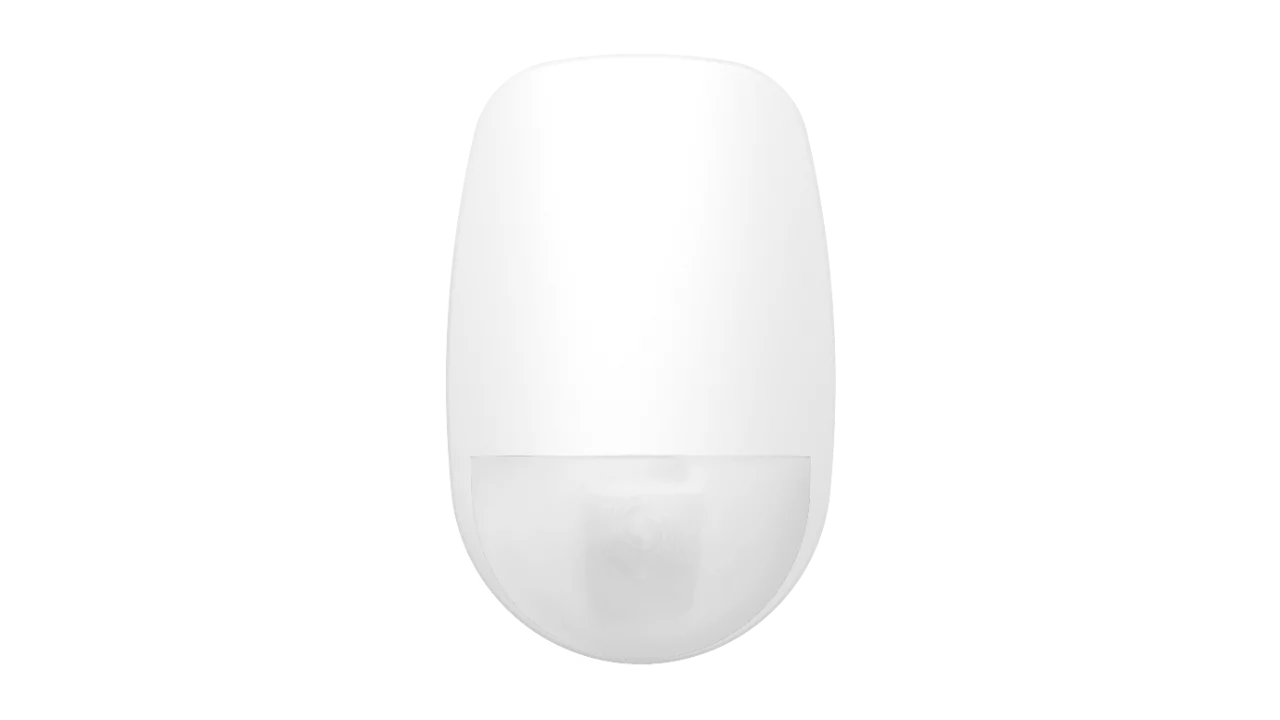Intrusion Detection in CCTV: How to Prevent Unauthorized Access
Intrusion detection within CCTV systems represents a significant advancement in security technology. This sophisticated feature leverages advanced video analytics to proactively identify and respond to unauthorised access within a monitored area.
Unlike basic motion detection, intrusion detection goes beyond simply identifying movement. It utilises intelligent algorithms to analyse video footage, identify and classify objects within the scene, and determine whether their presence within a specific area constitutes an intrusion.
By establishing virtual boundaries and monitoring object movement within these defined zones, the system can effectively detect and alert security personnel to any unauthorised entry or suspicious activity, enhancing overall security and enabling a more proactive response to potential threats.
Key Aspects of Intrusion Detection
Intrusion detection within CCTV systems relies on several key aspects to ensure accurate and effective operation:
-
Defined Zones: A fundamental aspect involves establishing "protected zones" within the camera's field of view. These zones can be designated as specific areas of interest, such as property boundaries, entrances to restricted areas, or valuable assets. By defining these zones, the system focuses its attention on critical areas, minimising false alarms and enhancing the detection of unauthorised activity.
-
Real-Time Alerts: Upon detecting any movement within a designated protected zone, the system triggers immediate alerts. These alerts can be disseminated through various channels, including audible alarms, notifications to security personnel via mobile devices, or messages to a central monitoring station. This real-time response capability enables swift action, minimizing potential risks and allowing for timely intervention in the event of a security breach.
-
False Alarm Reduction: Minimizing false alarms is crucial for the effective operation of any security system. Advanced intrusion detection systems incorporate sophisticated machine learning algorithms to differentiate between legitimate threats and irrelevant movements, such as those caused by swaying branches, passing shadows, or small animals. This intelligent filtering significantly reduces the number of false alarms, ensuring that security personnel can focus their attention on genuine security concerns.
-
Integration with Other Security Systems: Intrusion detection systems are not typically isolated entities. They often seamlessly integrate with other security devices, such as floodlights, voice alarms, or automated locking mechanisms. This integrated approach enables a coordinated response, where multiple security measures can be activated simultaneously to deter and mitigate potential threats.
Benefits and Applications
Intrusion detection technology offers a wide range of benefits across diverse applications, significantly enhancing security and operational efficiency.
-
Enhanced Perimeter Security: By establishing virtual boundaries and monitoring movement within these zones, intrusion detection systems effectively safeguard perimeters, whether they are residential properties, industrial facilities, or commercial establishments. This proactive approach helps prevent unauthorised access and protect valuable assets.
-
Robust Protection of Restricted Areas: In environments with sensitive areas, such as armouries, research laboratories, or data centres, intrusion detection plays a critical role. By closely monitoring access to these restricted zones, the system ensures that only authorised personnel can enter, significantly minimising the risk of unauthorised intrusion and potential security breaches.
-
Critical Infrastructure Protection: In critical infrastructure sectors, such as power plants, water treatment facilities, and chemical plants, intrusion detection systems are vital for ensuring operational safety and public security. By promptly identifying and alerting personnel to unauthorised access attempts, these systems help prevent potential disruptions and mitigate the risk of catastrophic events.
-
Enhanced Public Safety: In high-traffic public areas like stadiums, shopping malls, and airports, intrusion detection systems contribute significantly to public safety. By monitoring movement within restricted or sensitive areas, these systems can identify and respond to potential threats, ensuring a safer environment for all visitors.
How Intrusion Detection Works
Intrusion detection technology within CCTV systems leverages a combination of advanced sensors and sophisticated video analytics to monitor and identify unauthorised activity within designated zones effectively.
The system continuously analyses the video stream in real-time, meticulously scrutinising the movement of objects within the defined areas. Intelligent algorithms analyse the shape, size, and movement patterns of these objects, enabling the system to differentiate between normal activity and potential threats.
Some systems incorporate infrared technology to ensure reliable detection in various lighting conditions. This enables continuous and accurate monitoring even in low-light environments or during nighttime hours, ensuring comprehensive surveillance around the clock.
Conclusion
Intrusion detection technology has emerged as a critical component of modern CCTV systems, pivoting in enhancing security across a wide range of environments. By intelligently monitoring designated zones within the camera's field of view and analysing object movement, this technology enables proactive identification and response to potential security threats.
Key features such as the ability to define specific zones, trigger real-time alerts, minimise false alarms, and seamlessly integrate with other security systems contribute to intrusion detection's effectiveness.
Whether deployed in residential settings, commercial establishments, industrial facilities, or critical infrastructure, intrusion detection provides a robust layer of security, ensuring the protection of assets, enhancing situational awareness, and enabling swift responses to potential threats.

